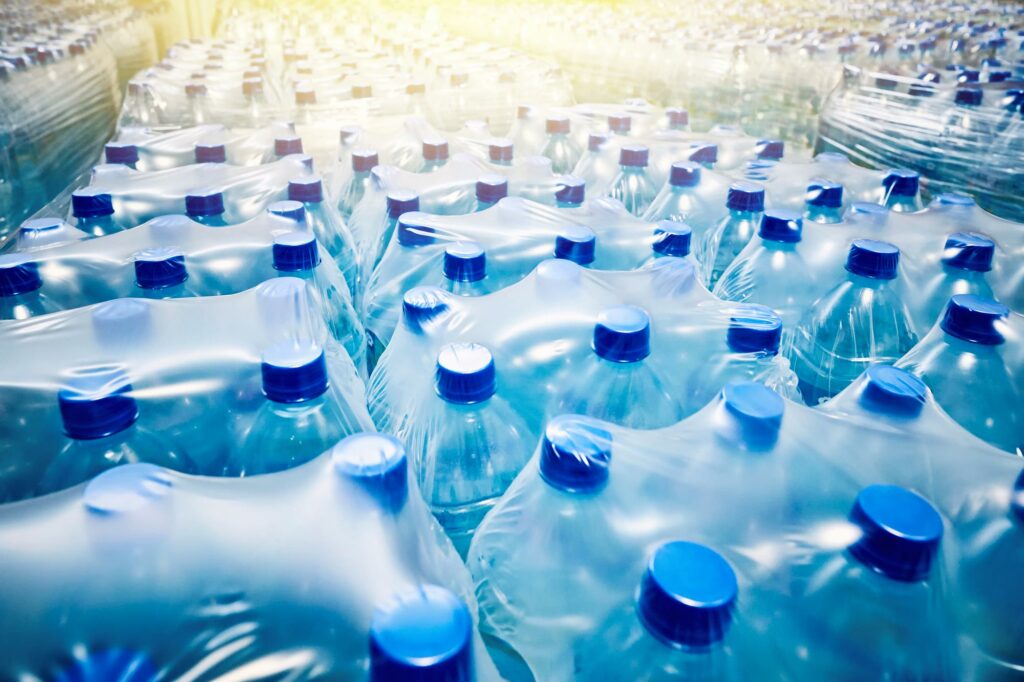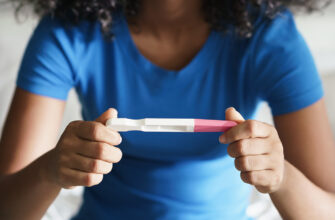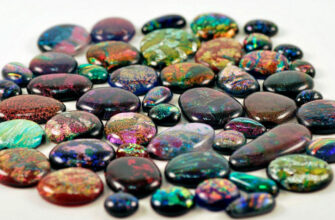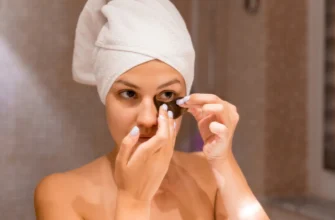HOW TO KNOW IF YOU’RE DRINKING ENOUGH WATER
There is no formula for this one: Look at your pee quickly to see if you’re hydrated. You’re probably drinking enough water if it’s light yellow. Dark yellow, on the other hand, may indicate that you need to increase your hydration.
Just remember that urine color isn’t always a reliable signal. Additionally, several medical disorders, drugs, vitamin B2 supplements, and naturally occurring pigments in some foods can cause a deeper tint.
Other common signs of dehydration
Because of this, it’s beneficial to keep an eye out for further indications that your water consumption may be inadequate. Dehydration may also manifest as:
- Feeling thirsty
- Headache
- Dry mouth
- Difficulty concentrating
- Fatigue
- Dry skin
- Dizziness
Dehydration may make you feel sick and, if not properly and promptly treated, can occasionally even be fatal.
Kidney stones are linked to dehydration. Otherwise, there is scant evidence connecting chronic illness to dehydration. Mild spells of dehydration occur often.
WHAT IF TOO MUCH …

Adults who are healthy and well-fed rarely have a problem with drinking too much water. Occasionally, athletes may overhydrate themselves when engaging in prolonged or strenuous activity.
Your kidneys cannot eliminate extra water when you consume too much water. Your blood’s salt concentration dilutes. This condition is known as hyponatremia, and it may be fatal.
CONCLUSIONS
- Foods and fluids, including water, are the main source of water in our bodies.
- The advice to drink eight 8-ounce glasses of water a day is not based on evidence.
- The quantity of water we require varies based on our individual demands and environmental factors, such as activity level and climate.
- The thirst mechanism alerts us when we need more fluids, and a healthy body naturally maintains a fluid balance.









